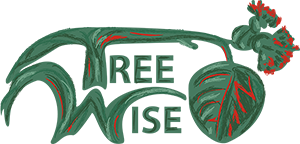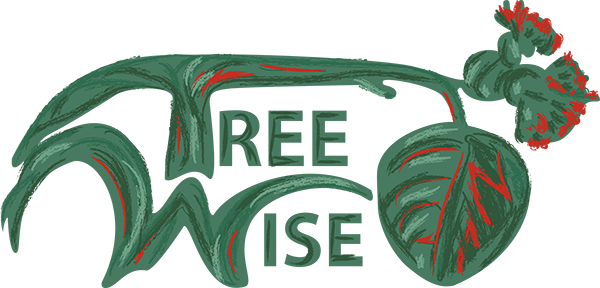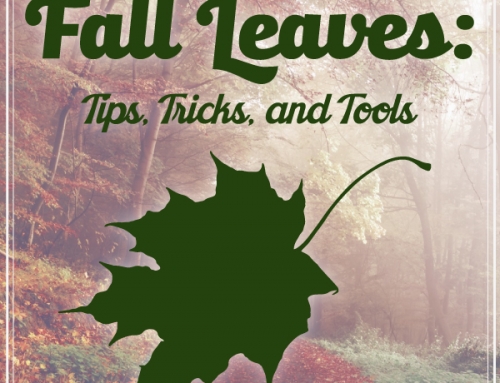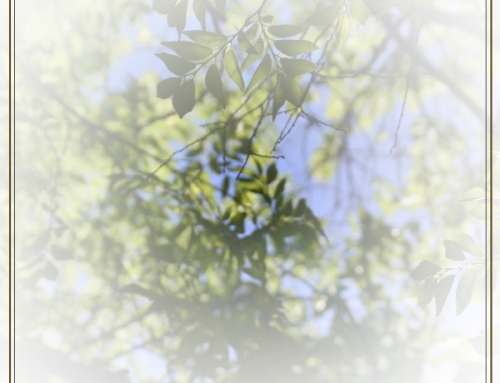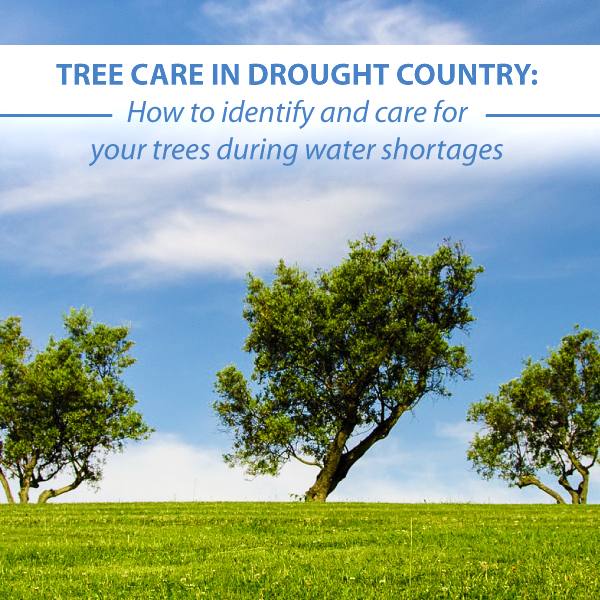You see those branches out there? Yep, those ones. The one’s hanging out over the road. It’s called trimming and it’s more important than you think! We’ve all been there. You’re traveling or just too busy with work to really take notice of trivial things like tree branches and then…BAM! All of a sudden your tree looks like it had a run in with a giant bag of fertilizer and went all King-Kong on your yard! The good news is, there are things you can do to fix this twiggy situation. We’re going to go over why trimming your tree is important aesthetically as well as healthy for your tree, tips and tricks on how to correctly trim your tree (if you plan on doing it yourself), and the negative effects of improper care on your lawn.
So, let’s get this ball rolling. Why is it important to trim your trees? The three part answer is: it makes them pretty, it makes them healthy, and it makes them safe. Let start with safety. Not usually a thing you think of when you’re gazing out your window at your stoic oak or maple, but safety plays a big part in not only the trimming process but the overall safety of the area around your home. Trimming back dead branches or useless “shooters” lessens the potential fire danger should your tree or any structures nearby catch fire for one. Another safety concern is debris on the ground. Not only can this be potentially dangerous for pedestrians, but if left unattended for long periods of time, dead plant matter can mold and rot which attracts insects. This can also happen within the tree itself. If dead matter if left untrimmed the decaying material can attract wood boring insects which will weaken the tree and eventually cause it to fall.
Proper trimming of trees promotes health beyond that of just safety. You’ve heard the phrase: An ounce of prevention is worth a pound of cure, right? Better to prevent any safety hazards by promoting healthy tree growth. By removing any dead matter you are making room for the tree to grow new, healthy branches and leaves, and instead of using its resources to combat disease and pests, it can now develop a healthier root system.
Beyond health and safety, the one aspect most people will notice first is the outward appearance of a nicely trimmed tree. Keeping your trees somewhat uniform in size by trimming is an easy way to develop pleasing aesthetics. Anytime a tree dominates the landscaping it can be a tricky fix. If you groom your lawn and plants well, no matter the size or species of the tree, your yard will be appealing visually. By removing rotting leaves, dead shoots, and unhealthy branches you are able to showcase a healthy, handsome, lawn.
So, you’re aware of the important reasons behind making sure your trees are neatly trimmed, but how do you go about it if you want to try and conquer the beast on your own. Well, here at Tree Wise, we always recommend hiring a professional who is trained and certified to perform your tree care for you, but we also understand that sometimes you need to do what you need to do. We think our friends over at Joshua Tree said it best: “…DIY landscape maintenance is supremely satisfying. It gets you outdoors, allows you to form a relationship with your plants and trees and you get to see instantaneous results from all your hard work.” So here are some tips for trimming your trees DIY style:
If you’re going to trim your tree yourself (or even if you’re having it done for you) it is best to perform this kind of work while the plant is dormant. This lessens the probability of the tree contracting a disease before it has time to heal.
Keep in mind the size of the branches. If it is five centimeters in diameter or less, you are pretty safe to remove the branch. If it’s five to ten centimeters you should probably take a very good look and make sure removal is the way to go. If it is larger than 10 centimeters, you should probably not attempt to remove the branches on your own unless there is a very good reason you must like an urgent safety hazard.
Aim for two third crown and one third base when trimming. You don’t want to cut off too much, after all the branches are storing your trees nutrients.
There is such a thing as trimming a tree to close. You want to make sure you do not remove the branch collar, but also not leave the branch too long. There is a definite Goldilocks zone with tree branch removal, but you will eventually get the hang of it.
Prune branches that cross over other branches or run against them. Remember U shaped branches are generally the stronger as opposed to the shallow angle V shaped branches, so if you need to choose between the two, look for the U shape.
Look for the branch collar; the soft tissues from which the small branches grow. Make sure you don’t cut too near and damage the collar. This can set the tree back in the growth cycle and cause a potential infection.
Make sure you cut down and away from the branch at an angle for both living and dead branches.
Those are just a few tips and tricks to trimming your tree and we want to remind you that safety is crucial whenever you are attempting to remove branches. Always wear safety equipment like safety eye wear and head protection; gloves are handy, and protective shoes will keep your toes safe.
So, you have a rough idea of where to start, how to get started, and the kind of gear you will need to get it done, but what happens if you never get around to actually doing it. What kind of impact does allowing a tree to grow in an urban setting without proper maintenance have on the tree itself?
Well, one of the main things to be concerned about is cables! Have you ever seen a bit of tree trunk suspended in midair from telephone wires, holding on for dear life? It’s not that uncommon. Oftentimes when trees are left unattended and unnoticed for too long branches can entangle and sometime completely absorb our telephone and cable wires. According to Consumers Energy: “Unfortunately, trees that grow near power lines can be dangerous and cause power outages. Trees are involved in approximately 30 percent of all power outages.” The only way to then “unstick” them is by removing the tree and leaving the section that is attached to the wire! This can be expensive and dangerous and should not be attempted unless you are a professional!
Another unfortunate effects of not pruning is the density of your tree branches. While on the pretty side, branches that are too thick do not allow airflow into the canopy and can cause decay and disease as well as harbor fungus, and while this is not necessarily a death sentence to a healthy tree any combination of those three things can be life threatening to an unhealthy tree.
Not removing Co-Dominant leaders can be an issue as well. According to the WCFB: “Co-dominant leaders are 2 branches growing near the top of a tree that grow straight up and become equally dominant. Cutting off one allows the other branch to grow & become the dominant branch.” By not removing the co-dominant branch the tree is weakened and can become susceptible to cracking and falling in high winds.
So as you can see the benefits of pruning far outweigh the time commitment of putting your nose to the grind stone and getting it done. When you do choose to get your trees trimmed, whether it’s a DIY project or electing to have a specialist come in to do it for you, I hope you’ll take the time to make safety precautions for yourself and plants, become educated on the proper procedures, and understand why trimming is important in today’s urban setting. Remember here at Tree Wise, we are always ready to help with your tree care needs from trimming and pollarding to stump removal. If you found this article helpful or if you just want to see what fun new things we have coming up in the future, don’t forget to subscribe to this blog and follow us on facebook!
Joshua Tree. Tree Trimming Tips from the Pros.
Consumers Energy. Trees and Power Lines.
WCFB. Why, When, and How to Prune Your Trees. [Blog] (November 3, 2015) Retrieved From: http://www.wcfb.sailorsite.net/WCFB/Pruning.html
5 Reasons To Prune During the Dormant Season [Blog] (October 16, 2015) Retrieved From: http://blog.davey.com/2015/10/5-reasons-to-prune-during-the-dormant-season/
Treeremoval.com. Tree Trimming & Pruning: Tips & Techniques. [Blog] (January, 2013) Retrieved From: http://www.treeremoval.com/trimming-and-pruning/#.VjwPe_mrS71
